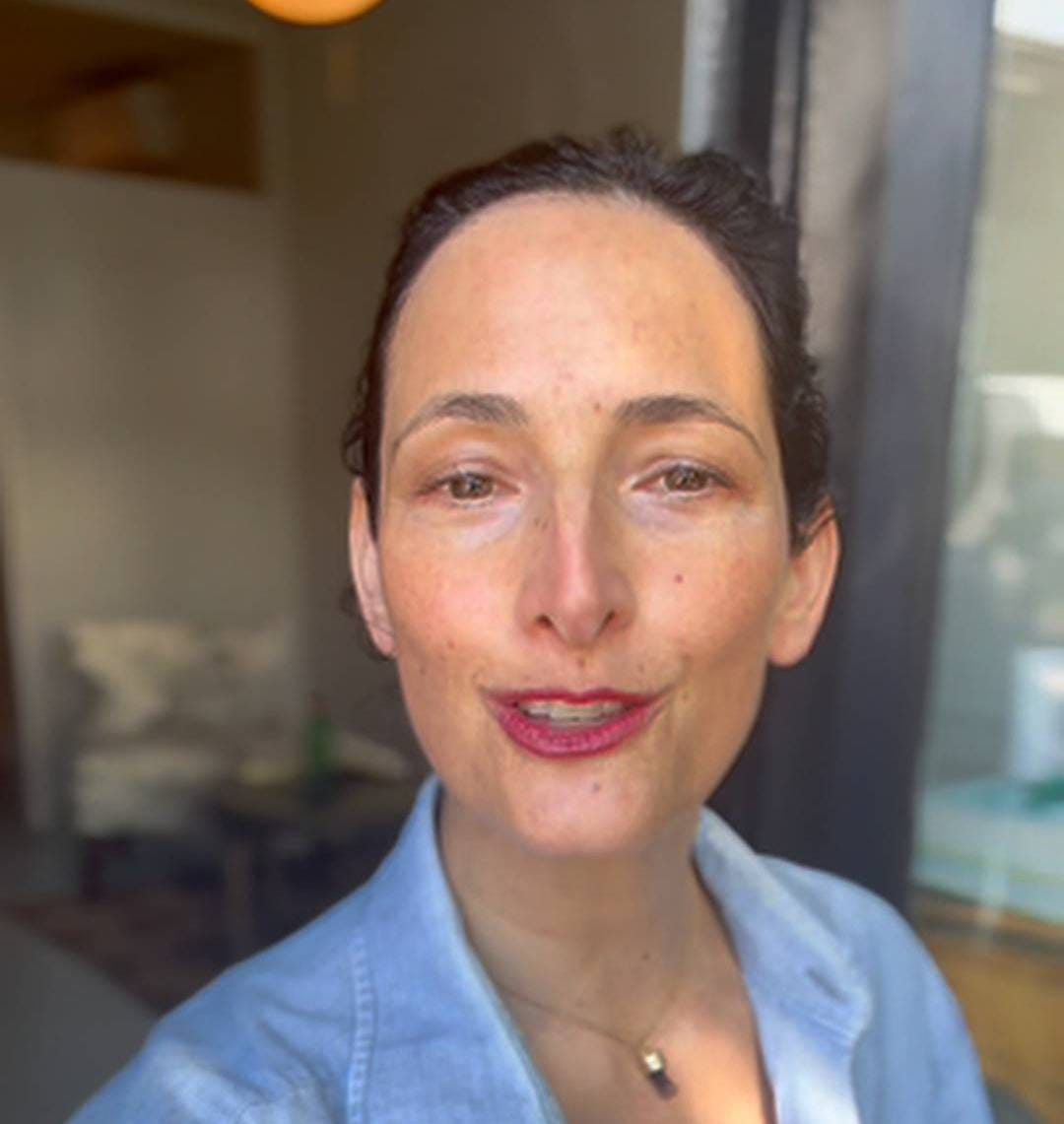Are You Living with Unrecognized Trauma?
As I sit in my kitchen this morning I'm struck by how often we carry invisible burdens without even realizing it. Trauma doesn't always announce itself with flashing lights - sometimes it whispers through our bodies in ways we've learned to dismiss as "just the way things are."
What if those persistent headaches, that jaw tension, or those unexplained digestive issues are actually your body's way of communicating something deeper? Today, I want to open a gentle conversation about recognizing the subtle signs of trauma that might be affecting your wellbeing.
👇 In today’s email:
This week's inspiration: Are You Living with Unrecognized Trauma?
Latest blog post: This Is What I Do When My Face Is Puffy
What I'm reading: Dare I Say It, Naomi Watts's New Book
Are You Living with Unrecognized Trauma?
I didn't realize I was carrying trauma until I was in my early 20s, when debilitating panic attacks suddenly became part of my daily experience. It was only then that memories began to surface—of being put into therapy at six years old, of the subtle but pervasive message that I was somehow broken.
Trauma isn't always dramatic or obvious. It can hide in plain sight, masquerading as personality traits or unexpected physical symptoms:
The Body Keeps the Score
When trauma occurs, our nervous system adapts to protect us. This protective response can become stuck in our bodies, manifesting as:
Chronic pain that moves around or stays in one place
Digestive issues that don't respond to dietary changes
Sleep disturbances, even when you're exhausted
Unexplained tension in your jaw, shoulders, or hips
These physical manifestations are your body's way of communicating what your conscious mind might not be ready to process.
The Emotional Echoes
Emotionally, unrecognized trauma might show up as:
A persistent sense that something isn't right
Difficulty trusting yourself or others
Strong reactions to seemingly minor triggers
Feeling disconnected from your body during stress
The Healing Path Forward
The good news? Your body's wisdom in highlighting these issues is the first step toward healing. Here's what can help:
Listen with compassion: Your symptoms aren't character flaws—they're adaptive responses that once kept you safe.
Engage your body in the healing process: Simple practices like gentle yoga, acupuncture, and mindful breathing can help release what's stored in your tissues.
Find the right support: Consider working with practitioners who understand trauma's physical impacts—this might include somatic therapists, acupuncturists, or body-centered counselors.
Remember, healing isn't about erasing your experiences, but integrating them with compassion so they no longer control your present. Yes, you can reclaim your relationship with your body and discover new depths of resilience within yourself.
Latest blog post
This Is What I Do When My Face Is Puffy
Ever wake up looking like you've had an argument with your pillow? Facial puffiness is one of those annoying but common issues that affects nearly all of us at some point.
In my latest blog post, I'm sharing my seven go-to techniques for depuffing the face naturally. From the healing power of a cold compress to the transformative effects of facial gua sha, these methods draw on both ancient wisdom and modern understanding of our lymphatic system.
My personal favorite? A morning ritual that combines step 2 (sleeping on your back with your head slightly elevated) with step 5 (using a cold jade roller that's been in the freezer overnight). This combination has been transformative for many of my patients, especially those experiencing hormonal fluctuations during perimenopause.
This isn't just about vanity—persistent facial puffiness can be a sign that your lymphatic system needs some extra love and attention. And a healthy lymphatic system supports immunity, decreases inflammation, and helps your body detoxify effectively.
What I'm Reading
Dare I Say It: Naomi Watts Takes on the Menopause Taboo
This week, I've been captivated by Naomi Watts's new book, "Dare I Say It: Everything I Wish I'd Known About Menopause." As a practitioner who works with women navigating this significant life transition, I found her candid approach refreshing and validating.
Watts doesn't just share her personal journey (beginning with an unexpected perimenopause diagnosis at 36!)—she weaves in evidence-based insights about hormone therapy, physical symptoms, and emotional well-being. It's like that 1970s picture book "What's Happening to Me," but in chapter book form with a celebrity twist.
What resonates most deeply is her mission to break the silence around menopause. By sharing her own experiences of feeling blindsided, confused, and ultimately empowered, she creates space for all women to approach this transition with knowledge instead of fear.
If you're anywhere between 35-55, this book offers the conversation many of us wish we'd had years ago. Even for younger women, it provides invaluable insight into what our bodies are capable of—and for the men in our lives, it's a compassionate guide to becoming better allies during this stage.
Watts reminds us that this natural transition doesn't have to be endured in isolation. With the right information and support, we can approach menopause not as an ending, but as a powerful transformation.
Stay curious, stay informed, and remember – Yes, you can thrive through every transition your body experiences!
I’m cheering for you. Have a wonderful week!
Dr. Cat 🥰
Dr. Catherine Wellness
Looking to book a session in my Newport Studio? If you are new to my practice, book a Free Consult or if you know what you want, reserve your spot for a One-on-One experience.
The studio address: 10 Deblois Street, Newport, RI 02840
© 2024 Dr. Catherine On Wellness. This content may convey general information related to medical conditions, research, testing, treatment, and other healthcare topics. Any such information is provided for informational purposes only. You should always consult a doctor or other health care professional for medical advice or information about diagnosis and treatment.




